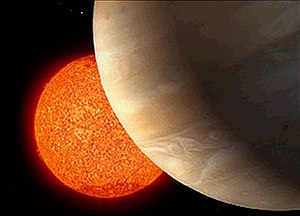 | ||
| Parent star | ||
|---|---|---|
| Star | Iota Draconis | |
| Constellation | Draco | |
| Right ascension | (α) | 15h 24m 55.7747s |
| Declination | (δ) | +58° 57′ 57.836″ |
| Apparent magnitude | (mV) | 3.31 |
| Distance | 102.7 ly (31.5 pc) | |
| Spectral type | K2III | |
| Orbital elements | ||
| Semimajor axis | (a) | 1.275 ± 0.074 AU |
| Eccentricity | (e) | 0.7124 ± 0.0039 |
| Orbital period | (P) | 511.098 ± 0.089 d (1.4 y) |
| Argument of periastron | (ω) | 91.58 ± 0.81° |
| Time of periastron | (T0) | 2,452,014.59 ± 0.30 JD |
| Semi-amplitude | (K) | 307.6 ± 2.3 m/s |
| Physical characteristics | ||
| Minimum mass | (m sin i) | 8.82 ± 0.72 MJ |
| Discovery information | ||
| Discovery date | January 8, 2002 | |
| Discoverer(s) | Frink et al. | |
| Detection method | Doppler Spectroscopy | |
| Discovery status | Confirmed | |
| Other designations | ||
| 12 Draconis b, HD 137759 b, HIP 75458 b, HR 5744 b | ||
| Database references | ||
| Extrasolar Planets Encyclopaedia | data | |
| SIMBAD | data | |
Iota Draconis b was discovered in 2002 during a radial velocity study of K-class giant stars and was the first planet discovered orbiting a giant star. It is in an eccentric orbit, which aided its detection as giant stars have pulsations which can mimic the presence of a planet.[2]
0 comments:
Post a Comment